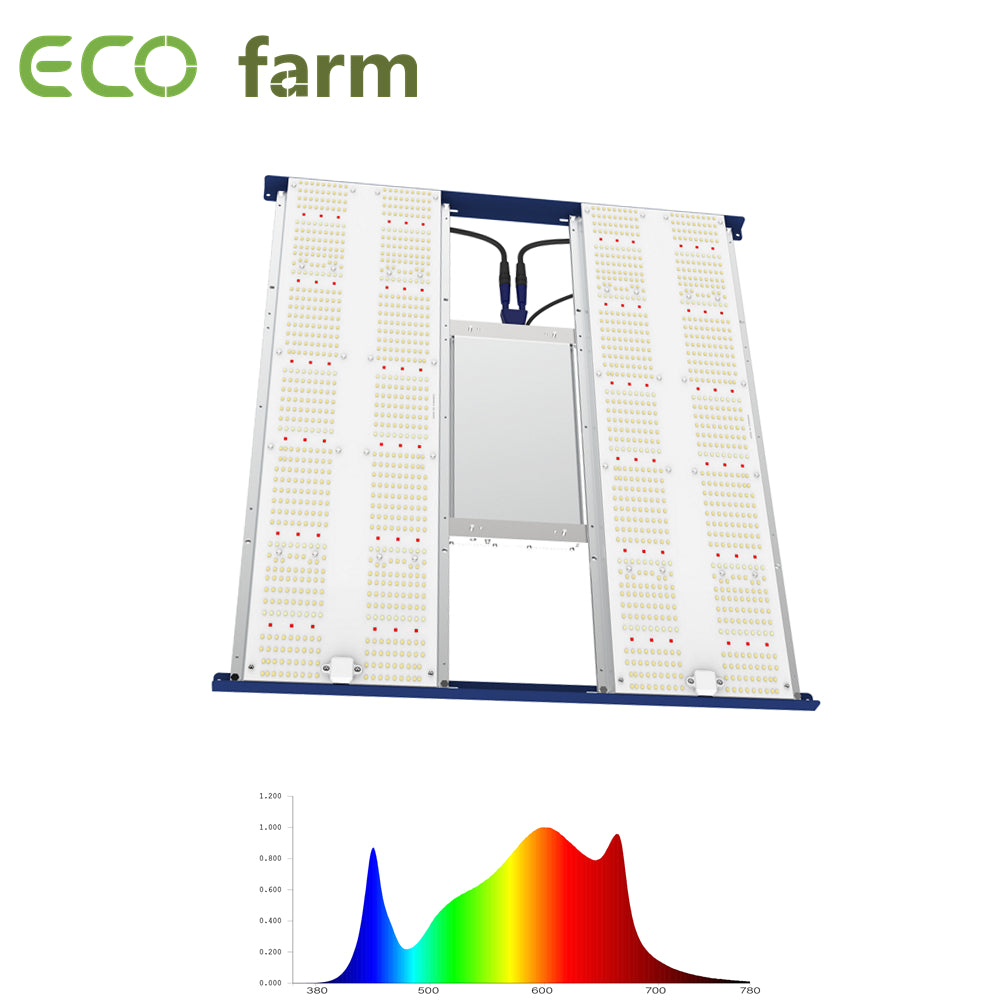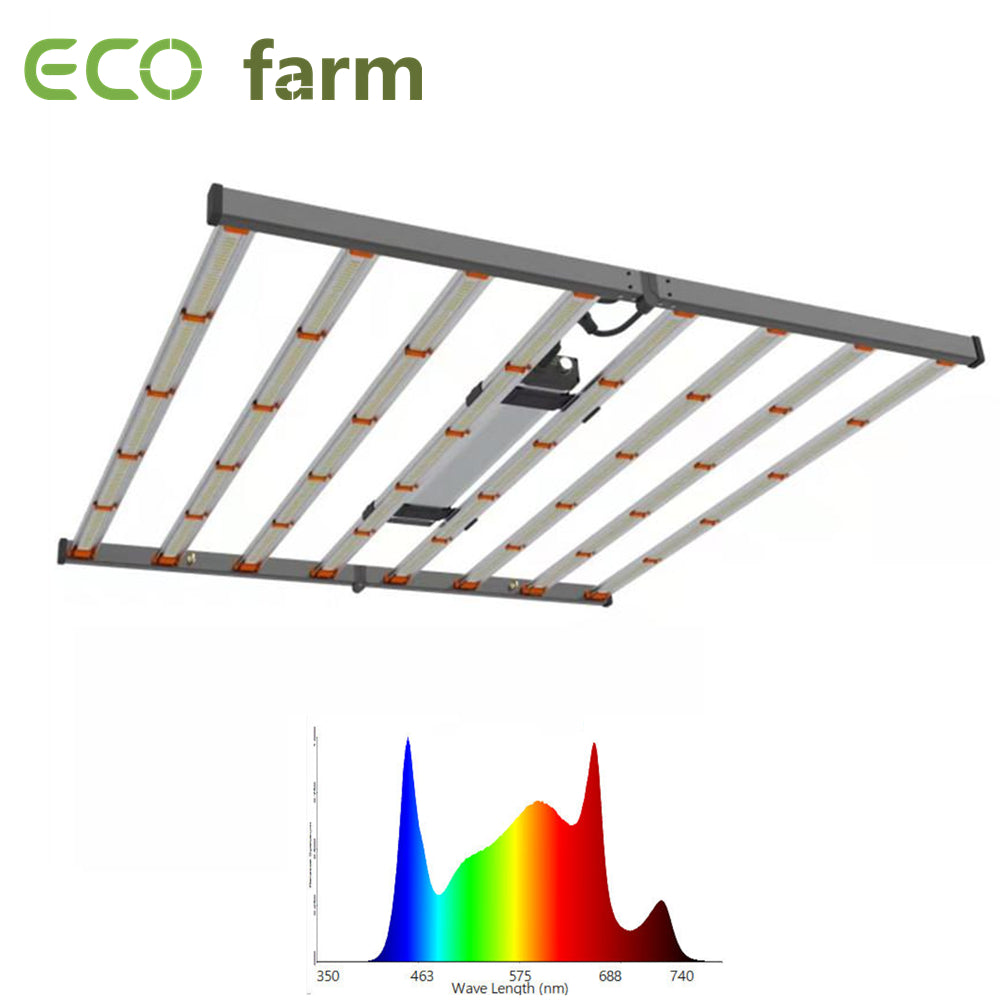Reasons Solar System Makes Sense For Medicinal Plants Grow
December 09, 2021
The medicinal plants industry starts and beings with cultivation. Medicinal plant is a plant that requires energy in the form of sunlight to grow. The value of medicinal plants is dependent on what we do it with and how it is grown. Now becoming an intricate supply chain employing growers, distributors, retailers, and initiatives.
All businesses require electricity to run, significantly medicinal plants grow operations. Regardless of how medicinal plants is grown, it requires electricity to run. Medicinal plants grown indoors utilizes natural light, providing significantly reduced electricity costs for growers. The primary area that they need electricity is for irrigation.
Growing medicinal plants indoors requires artificial lighting and the use of air condition and dehumidification systems. An indoor set up mimics the ideal weather for growth. At the same time, it is maintaining full control over outside forces like bad weather and bugs. However, this requires high upfront costs, including the building, equipment, water, and electricity. Typically, the electricity expense is often the largest single expenditure on an indoor grower’s balance sheet.
The industry overwhelmingly turns to high-pressure sodium lights for its lighting needs, which are a huge power-suck. LED lights have been suggested, and some utilities offer rebates to those switching to LED lighting, but many growers prefer using what they know best—high-pressure sodium light bulbs that give off a lot of heat. As the industry becomes more comfortable with LED lighting, it could drop lighting costs from 33% of the overall picture down to near 25%.
Natural sunlight supplies most of the light needed in a greenhouse/mixed-light grow operation, and The medicinal plants grower estimates growers use one-third to one-half as many lamps in a greenhouse than in a 100% indoor grow. Greenhouses need supplemental, artificial light to mimic daylight from October to March, when long nights typically trigger plants to flower and slows growth. While greenhouses use less electricity than indoor grows, their electric bills can still be fairly high.
Both landowners and solar developers have benefited from dual-use solar installations. For landowners, the solar panels provide self-generated energy, which decreases the cost of utility bills. The panels also block the wind and limit soil erosion to maintain soil health.
Solar developers don’t have to spend as much time preparing the land for installation, as most agriculture farms are already on level ground. Solar energy production increases because of the cooler temperatures in farmland locations, limiting the panels’ overheating.
Solar energy can coincide with crop and animal agriculture. The National Renewable Energy Laboratory has continued to fund other research efforts in states across the country. With continued research and application, the future of solar energy in agriculture looks rewarding for energy conservators and farmers alike.
Then I will recommend some energy-saving and efficient LED grow lights.
ECO Farm ECOP Samsung LM301B Chips 120W/240W/320W/480W/640W Quantum Board LED Grow Light

Description:
ECO Farm ECOP series quantum board provides highly efficient spectrum with a healthy red-to-blue ratio to drive photosynthesis Light energy between 500-599nm, which penetrates deeper into the plant canopy promoting photo morphogenic responses. High color rendering "white" light aids to rapidly identify potent al threats to your crop and provides superior working conditions and safety for personnel. Ideal for both flowering and vegetative production.
* Effects of light intensity on plants
PPFD intensity affects the photosynthesis of plants. In a certain range (below the light saturation point), the higher PPFD, the higher the photosynthetic rate and the higher the plant yield.
Light compensation point: refers to the light intensity of a plant under a certain light intensity, leaf photosynthetic rate and respiration rate are equal, net photosynthetic rate is zero (organic matter formation and consumption are equal), light intensity is called light compensation point.
Light saturation point: when the light intensity of plants reaches a certain value, and then increases the light intensity, the photosynthetic rate does not increase, which is the phenomenon of light saturation.
Light intensity design
PPFD value plays a very important role in plant growth.
Description:
- ECO Farm grows light just consumes about 400W/650W/800W power. High-efficiency PPF LEDs make your cost less but get more.
- It has a long using lifetime, which is up to 50000 hours.
- Re-defined & Wide coverage light design, benefit your plants everywhere and let your plants get higher yielding.
- Real full-spectrum(sunlight) for plants from veg growth to bloom, no need to change your light source.
- Pre-installed light bars for plug and play directly.
- 5-Year standard warranty
- The dimming design makes it easy to choose the right light for your plants at different stages.
- Powered by Samsung LM301H/ LM301B/LM281B+OSRAM
ECO Farm FLD Series 200W/320W Full Spectrum LED Grow Light Foldable Light Strips

Description:
1. Maximize harvest yield & energy-saving - ECO Farm FLD 200W/320W LED grow light with higher light intensity, less light decay, better lumens and PAR values than HPS/MH light.
2. Flexible dimmable grow light & full spectrum: - The intensity of light can be adjusted according to the needs of plants. Light chips were consist of 3000K+5000K+660nm+730nm, provide full-spectrum results.
3. Foldable design & fanless zero noise - FLD LED grow light can be folded, installed and moved easily, save a lot shipping fee.
4. Structure optimization and material upgrade make it more lightweight and easy to install and use.
If you are also interested in other grow equipments, welcome to visit our website: ecofarm.ca
Our emails address is: business@ecofarm.ca
Contact:
WhatsApp: +1 206 581 5521
Leave a comment




